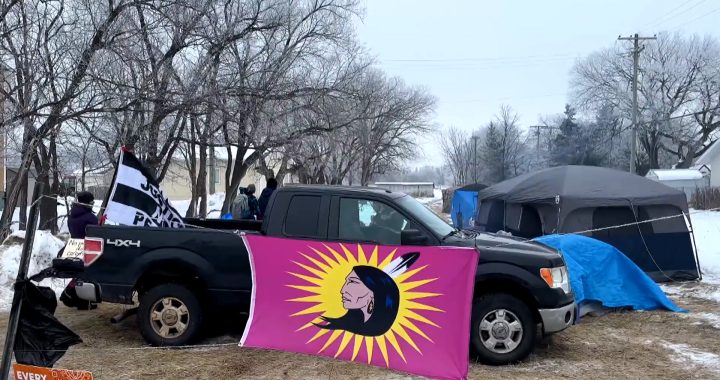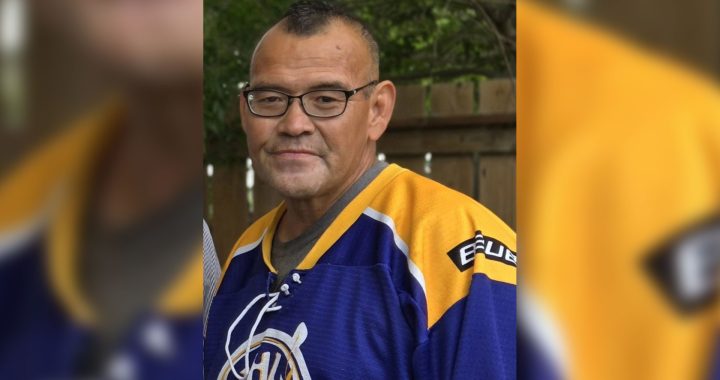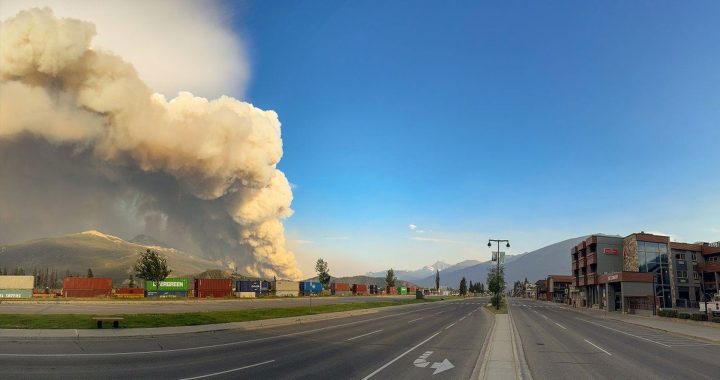On this edition to APTN’s InFocus, host Melissa Ridgen looks at Indigenous experiences on campus, from the perspective of educators and students.
There’s no shortage of stories in the news or social media of incidents like the ‘Its okay to be white’ posters that were posted at the University of Manitoba, and left many Indigenous students feeling unsafe.
Dr. Barry Lavallee of the University of Manitoba says it’s more than any one incident.
“If you can’t see there is a wrong being done at the moment it’s being done, that is how racism looks,” Lavallee said.
“I have never been taught as a teacher, to actually fill that void or support somebody to move forward.”
“You have to think of Indigenous-specific racism as one of a panel of events that can occur in an institution including gender violence, homophobia, ableism — all those kinds of things. At the top of the hierarchy, are white heterosexual males, and as we move down you will find Indigenous people at the bottom.”
Of course not all students experience racism on campus. But for those who do, it can negatively impact their studies.
“Over the past six years I can only describe my experience as nothing short of a nightmare,” said McMaster University student Evan Jamieson-Eckel
“You have a system that promotes individualism and what that does in our university, has Indigenous students fighting one another for positions, and to sort of gain fame behind their name. Then you also have the duel problem that our classrooms are more about coddling white guilt than being about Indigenous liberation.”












